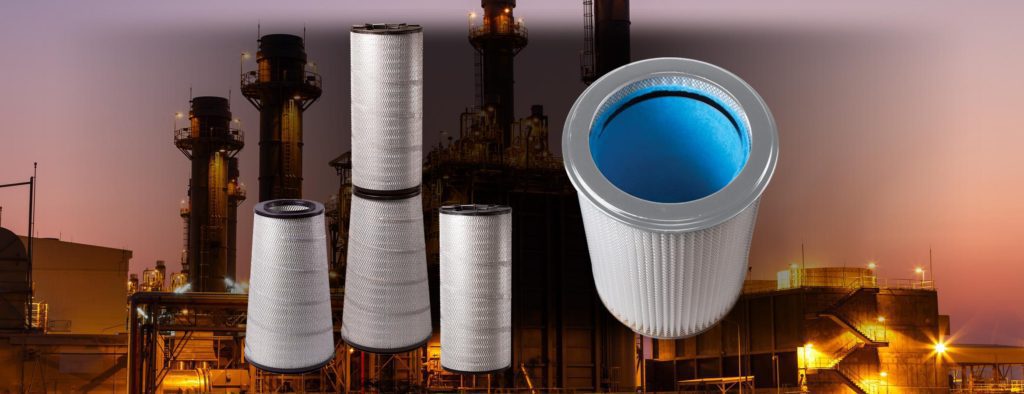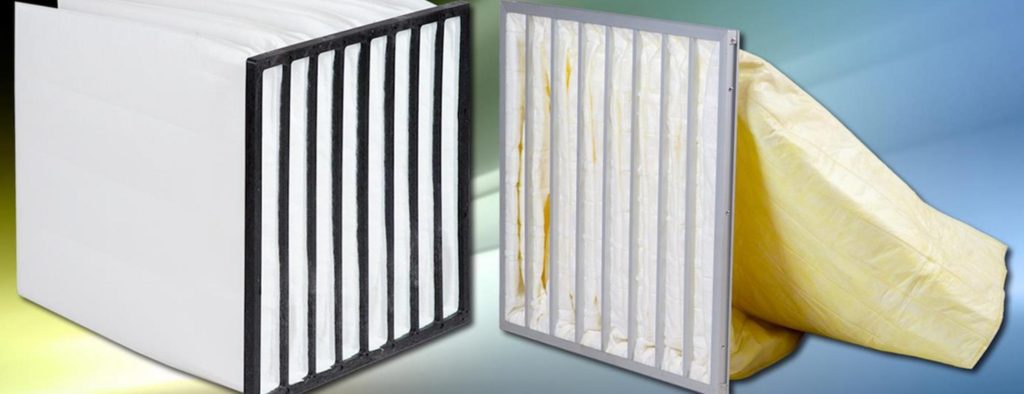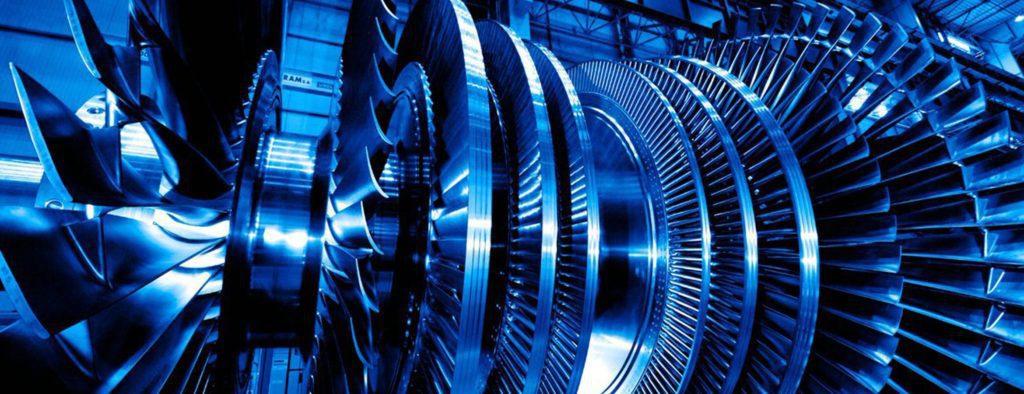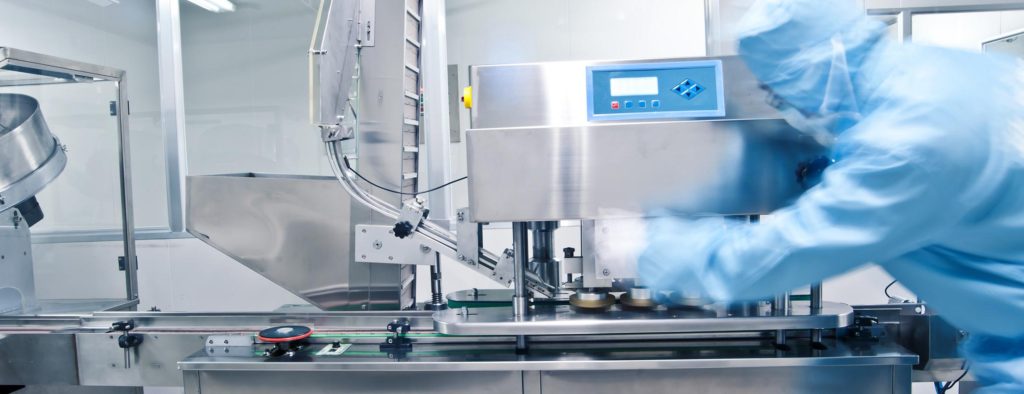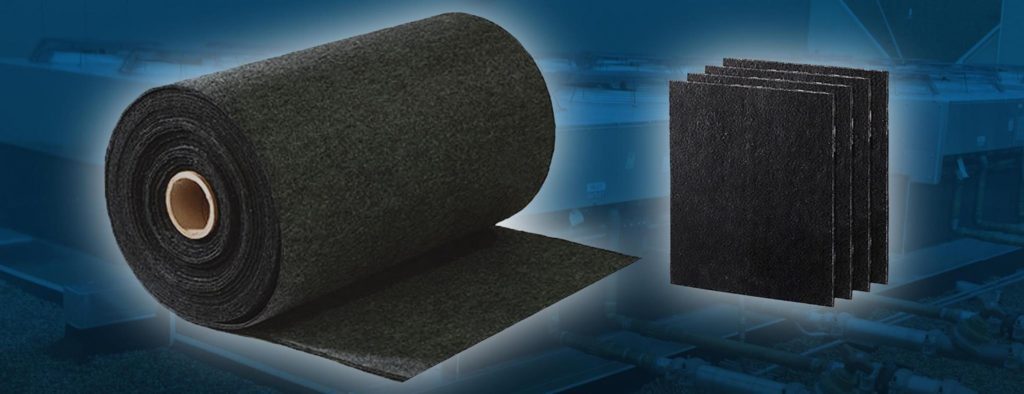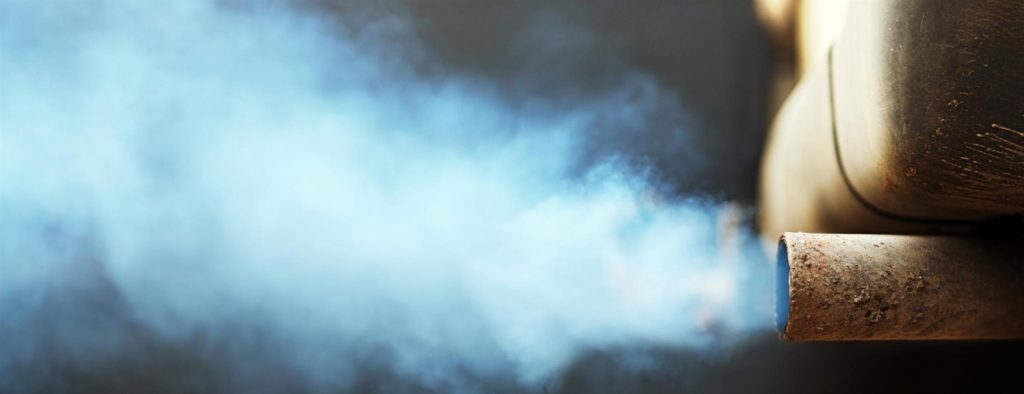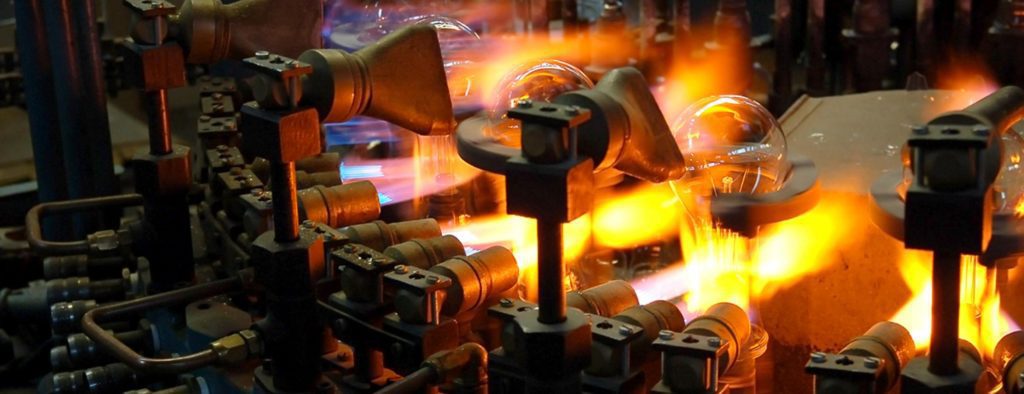Cartridge Filters in Gas Turbine Inlet Air Filtration Systems
Canister, cartridge, conical, and cylindrical (round) industrial air filters help clean intake air of inlet air filtration systems for gas turbine power plants. Their media can be depth-loading or surface-loading.
Selecting the proper gas turbine inlet air filtration system and inlet air filters cannot be underestimated, as these systems drive turbine efficiency and output.
Importance of Gas Turbine Inlet Air Filtration Systems
Inlet air filters protect, optimizing efficiency and maximizing the turbine’s capabilities. Operational savings include decreased maintenance and parts replacement and minimum gas turbine downtime, ensuring greater, more consistent power and mechanical drive generation.
High-efficiency industrial air filters are typically part of the last stage of gas turbine inlet air filtration. Engineered Filtration Systems’ high-efficiency air filters clean the smaller particles from inlet air that lead to the following issues:
• Fouling: Particles 2 – 10 micrometers in size, such as sea salts, oil mists, smoke, and carbon, build up along low flow-rate locations in the airflow path and along compressor blades. Especially hot conditions can cause particle fusion. During fouling, clearance changes, cooling passages clog, and rotating balance is disrupted. Fouling can be corrected with washing or mechanical cleaning, but this will not restore the original condition of the gas turbine.
• Erosion: Larger solid and liquid contaminants change aerodynamic metal surface geometry by removing metal particles, changing smooth surfaces to rough ones. Cross-sectional metal areas cannot withstand stress as well. Air flow path deviates and clearance changes. Erosion damage is not reversible, so damaged components must be replaced.
• Corrosion: Hot and cold corrosion occurs when chemically reactive particles adhere to gas turbine surfaces. In hot or high-temperature corrosion, combustor and turbine components experience accelerated oxidation due to salts and sulfurs. In cold corrosion, salts, acids, and gases like chlorine and sulfides mix with air moisture and corrode the compressor. Corrosion can also creep into defects in other parts of the gas turbine, such as cracks, accelerating the defect. Corrosion requires parts replacement.
• Secondary Foreign Object Damage: Secondary Foreign Object Damage (FOD) occurs when debris that passes through the first stages of inlet air cleaning breaks apart into finer particles. These particles can then be passed in the airflow through filters. Pre-filters and additional air cleaning mechanisms of the inlet air filtration system also protect turbomachinery from these and from primary FOD.
An advanced gas turbine inlet air filtration system contributes greatly to slower turbine power and parts degradation. When inlet air quality is low, this degradation occurs sooner.
Filter Media and Loading
Gas turbine inlet air filtration systems for GE LM6000, as well as many GE Frames (i.e., 7EA, 7FA, etc.) incorporate canister or cartridge air filters; these can be static or self-cleaning.
Static and barrier gas turbine inlet air filtration requires consumable, depth-loading filters. For self-cleaning, if the concentration of dust is low or if particles are excessively sticky, cleaning of surface-loading air filters will not appreciably reduce drops in pressure.
Historically, self-cleaning inlet air filtration employing conical and cylindrical filters depended upon surface-loading filter media, because these types of filtration were originally created for high-dust environments. Today’s ideal cartridge filters must remove hygroscopic particles found in the high-humidity environments of most modern self-cleaning gas turbine inlet air
filtration, though.
Depth-loading media is the perfect solution for removing hygroscopic particles in humid or frigid environments, especially in coastal areas with greater ambient salt.
Conclusion
Gas turbine power plants depend on advanced, high-efficiency inlet air filtration systems to prolong GT lifespans and maximize output. Contact Engineered Filtration Systems online for more information on industrial air filters or call us at 1-800-796-4337. You can also view our products here to learn more.
Cartridge Filters in Gas Turbine Inlet Air Filtration Systems Read More »

